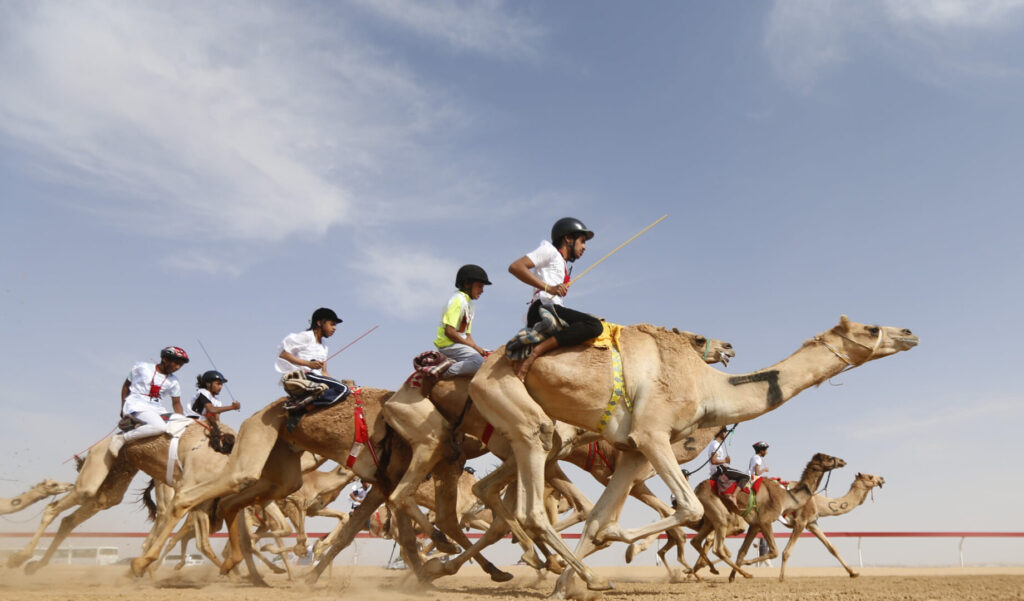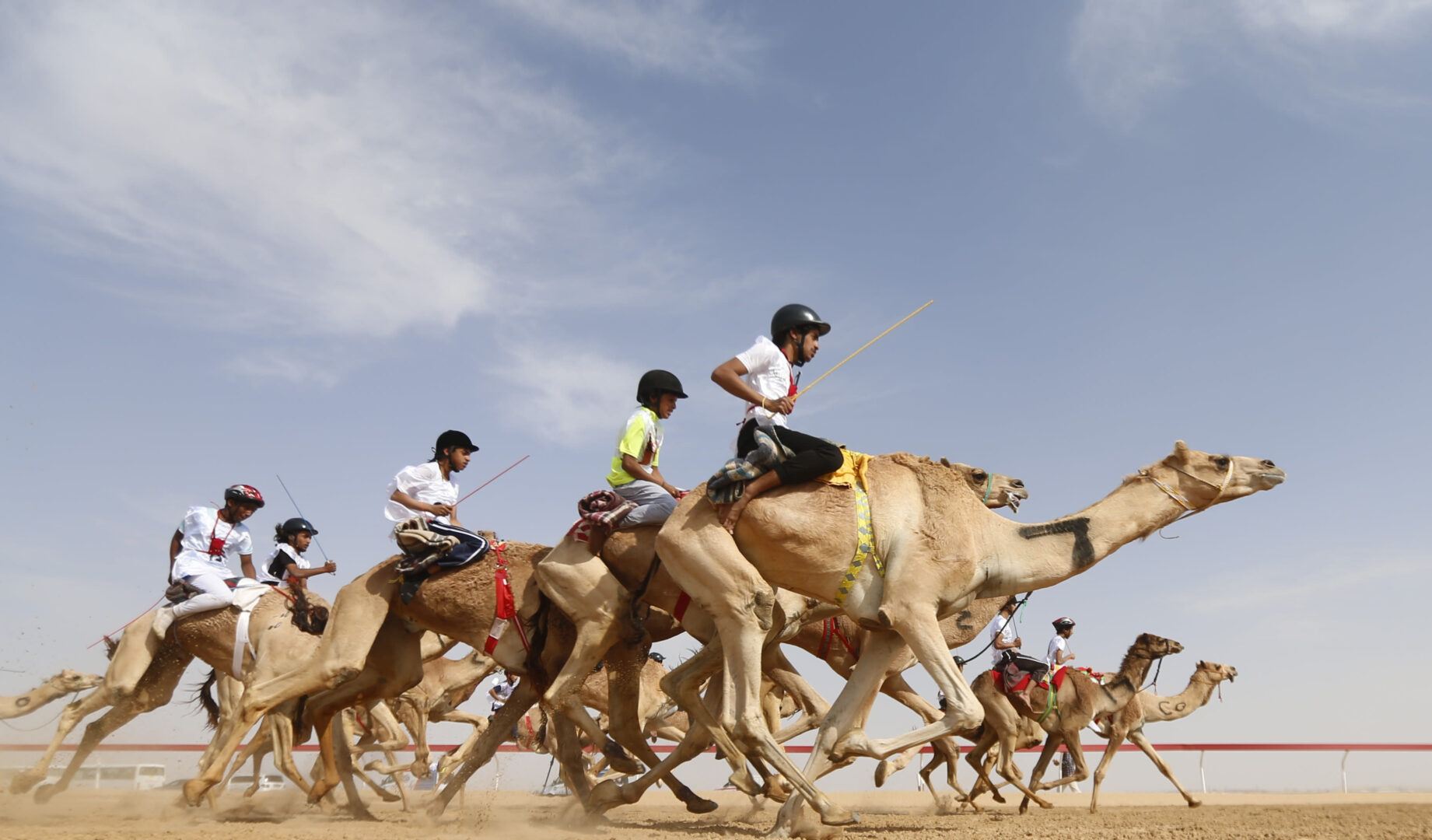Around the world, camel racing is a well-liked sport, especially in the Middle East and North Africa. It is significant culturally and historically in these areas. Usually, camel racing take place on specially constructed tracks or in arid environments.
Following are some crucial details concerning camel racing: BUY CAMEL RACING SUPPLEMENT
Camels
Racing dromedary camels, which have a single hump, is common. These animals are perfect for this sport because they are known for their endurance and speed.
Jockeys
In the past, camel racing frequently employed young jockeys. However, many nations have outlawed the use of young jockeys because to worries about child labor and exploitation. Nowadays, some races use miniature robotic jockeys as an alternative.
Tracks
The length of a camel racing track might vary, although it is often several kilometers long. While some tracks are set up temporarily in the desert, others are situated in specific racing grounds.
Events
Camel races are frequently a component of bigger celebrations or festivities, drawing both residents and visitors. Cultural performances, traditional music, and other forms of entertainment might be featured at these occasions.
Based on the age and breed of the camels, there are various categories into which competition races can be subdivided. Multiple camels compete in each heat of the races, which are typically formatted as heats. Each heat’s winners then advance to the championship race.
Speed
In racing, camels are capable of reaching speeds of up to 40 mph (65 kph). The distance of the race, the state of the track, and the particular capabilities of the camels are some of the variables that affect the actual pace.
Betting
Camel racing has a negative connotation in several nations due to gambling. The action is made more exciting by the many wagers made by spectators on the results of the races.
While camel racing is a historic sport in some areas, it should be noted that there have been questions raised about the care and treatment of the animals participating. Regulations and procedures for the sport have been put in place to ensure fair treatment and adequate care of the camels.

Nutritional supplements designed expressly for camels to improve their health, performance, and general well-being are sometimes referred to as camel supplements. These supplements are made to address particular health issues or to offer critical vitamins, minerals, and other nutrients that may be missing from their diet.
Here are a few examples of popular camel supplements
Multivitamins by Camel
These supplements have a combination of vitamins and minerals that camels need to stay in top health. They promote their immune system, growth, and general vitality while helping to fill nutritional shortages.
Supplements for Joint Support
Supplements for camel joints are designed to support joint health and mobility. Glucosamine, chondroitin, and hyaluronic acid are frequently included in them to improve cartilage health and lessen joint inflammation.
Healthy Digestive Supplements
The goal of these supplements is to keep camels’ digestive systems in good shape. Probiotics, prebiotics, enzymes, or herbs that aid in digestion and nutritional absorption may be present.
Multivitamins by Camel
These supplements have a combination of vitamins and minerals that camels need to stay in top health. They promote their immune system, growth, and general vitality while helping to fill nutritional shortages.
Coat and Skin Supplements: These supplements are designed to support camels with healthy skin and fur. They might include substances like omega-3 fatty acids, biotin, zinc, and other nutrients that are known to improve the health of the skin and coat.
Supplements for energy and performance
These supplements are frequently given to camels engaged in breeding, working, or racing. They frequently include components that promote the synthesis of energy, the growth of muscles, and endurance.
Renew your effort





No comment